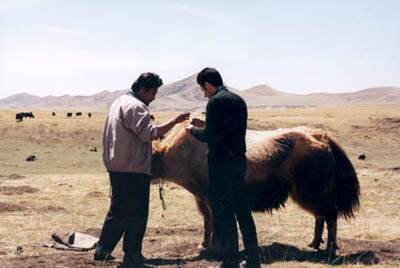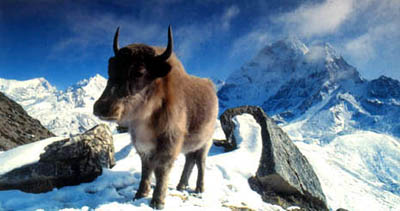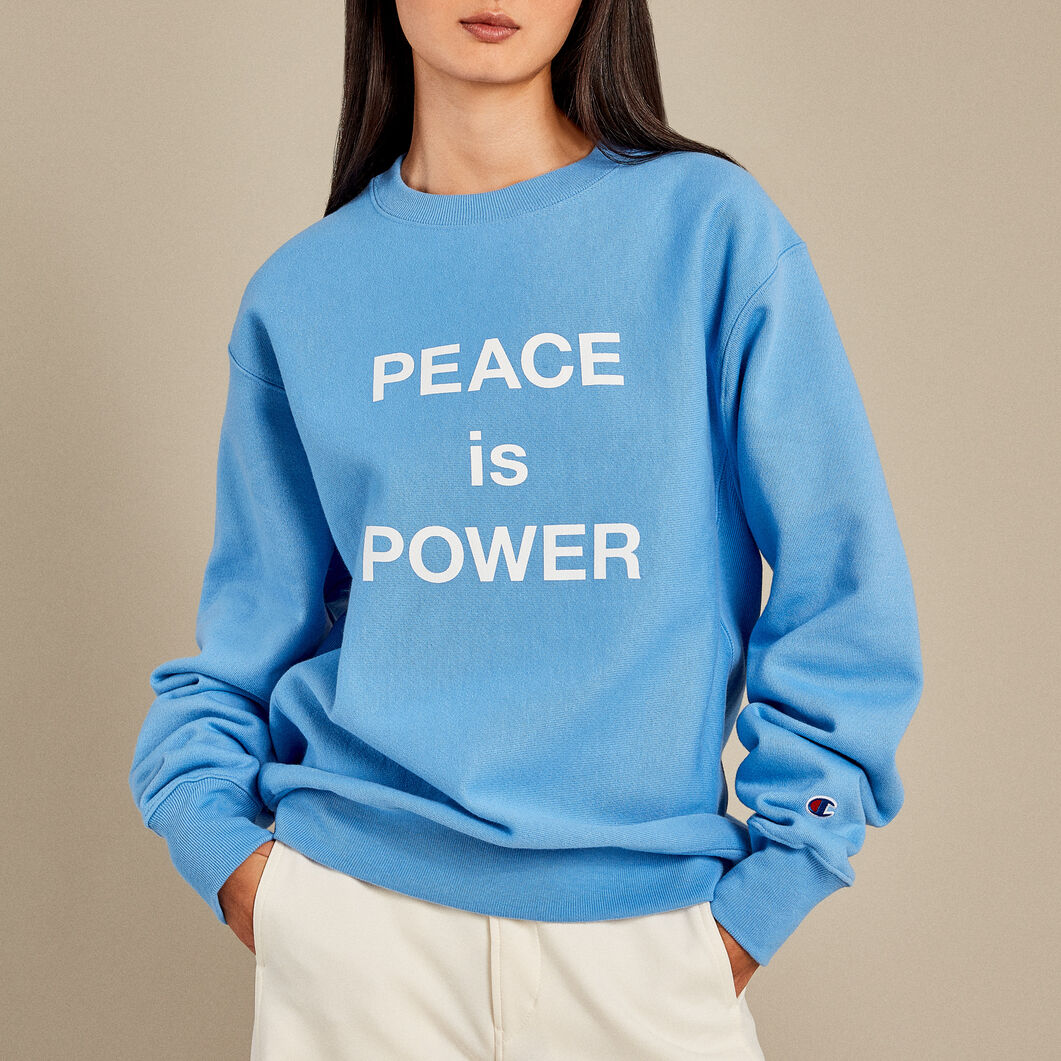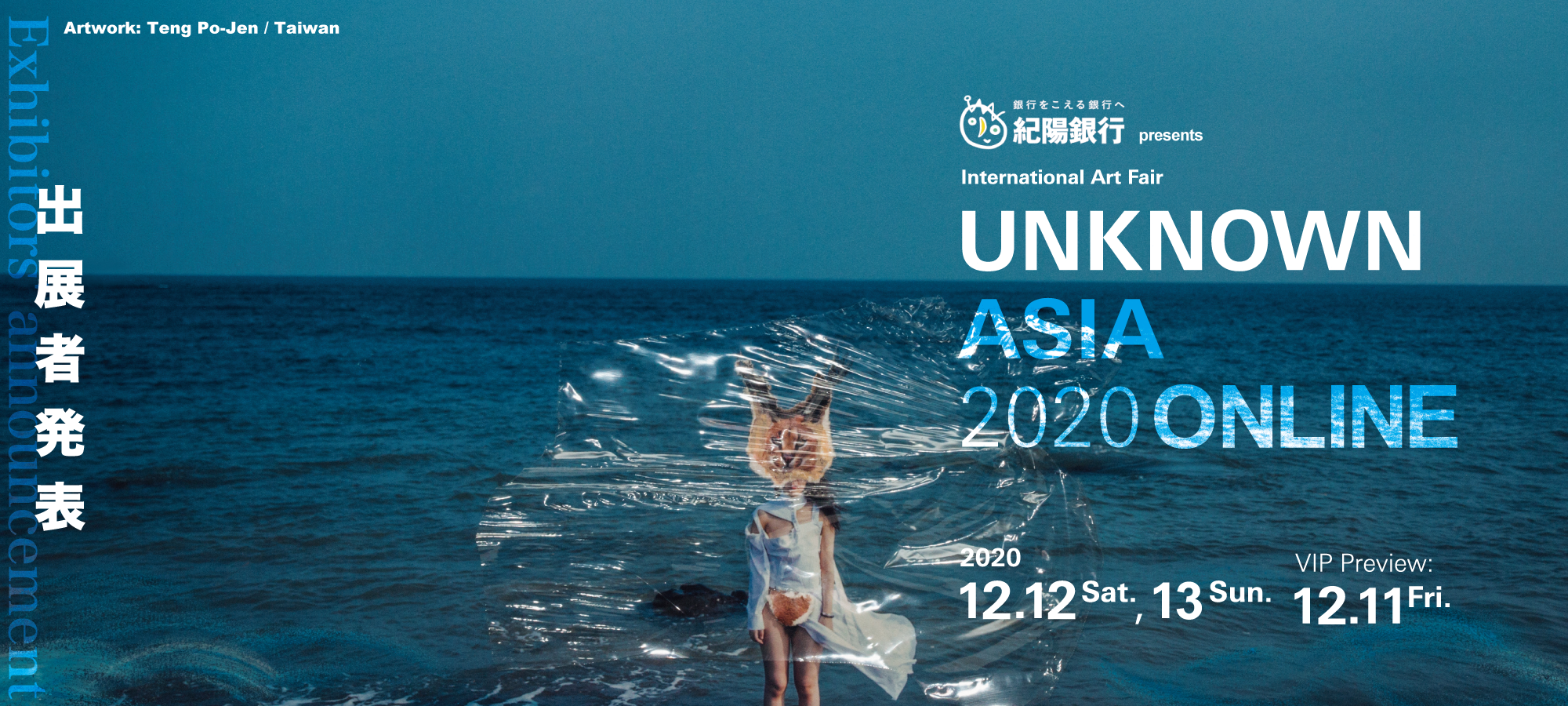ALBERTO ZANONE
PEOPLEText: Loredana Mascheron
The latest project created by Zanone is called Fibre Tibet and began three years ago, even though the collection was launched only last October. Born thanks to an initiative of the Bridge Fund, connected to the Rockefeller Foundation in New York which aims to give support to nomad Tibetan communities via the creation of a production reality able to give them economic growth. The project materialised in a single season collection of knitwear for men and women, scarves, shawls and accessories for the home, made using exclusively fibre from the Tibetan plateau: cashmere and yak. The profits generated from the sales of the collection Fibre Tibet are invested in development programmes to support the Tibetan nomadic community.

Alberto Zanone (right) inspects Yaks in the Tibetan Plateau
“Giving yak more value helps the nomad Tibetan population thanks to the sale of raw material. Even though the management of the project remains in the hands of the Chinese government, if the demand for this fibre grows, the Tibetan nomad can ask for a higher price for each kilo of yak. The intervention of the Foundation is applied also to the small structures managed by Tibetans: there are already some which treat the raw material, the first stages, the phase of selection and washing. The investment is aimed towards structures where there is a presence of Tibetans.
The yak is the true resource of the place: a domesticated mammal for over 5000 years, it is still today the principal means of sustenance for the most part of the population; its rearing guarantees meat, dairy products and combustibles obtained from the dung, whilst the lower quality wool is normally used for making rugs and tents where the nomads themselves live.

Tibetan yak
“This American foundation involved me because I have a general knowledge about yarn and on the finished product, on the raw materials. The most important resource of this population of farmers is the wool of the yak, an animal which lives 95% on the Tibetan high plain and up until now hasn’t been widely exploited”. “What was your practical contribution?” “I went to the high plains to understand the criteria for the gathering and selection of the fibre, that in the various parts of the animal has different characteristics and quality. Using the best quality parts we made various test yarns in Italy to obtain one of high quality: a very warm, strong and soft fibre, not as much so as cashmere but much cheaper. The yarn was used without the use of polyester (as is done in China) even though it is not 100% yak because yak fibre is very short: we managed though to reduce the use of another fibre (wool) to 20%. The yarn is now made in China, the raw material is all from Tibet. From the yarn we then arrived at the finished product. Working on the design part we were able to make a collection of garments which are now on sale in some of the most important shops around the world.
From textiles to design, the common denominator is a certain “attitude”. Highlighted by the search for overall quality, a certain integrity of design vision. “For me quality is the emotion that manages to transmit the meeting of intuition and work”, he explains.
Read more ...








